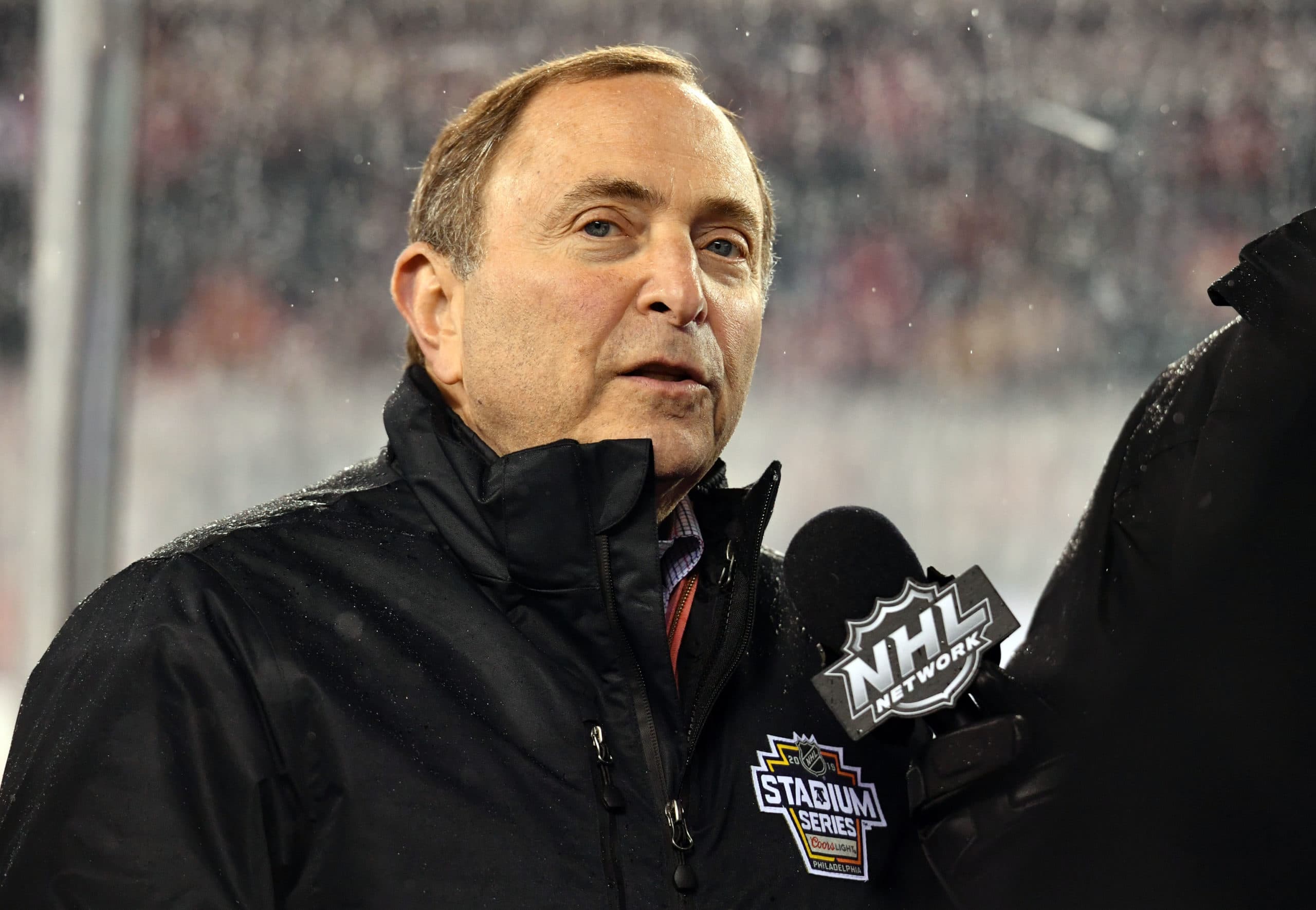Nothing carved in stone just yet, but if there are no hiccups in finalizing the tentative agreement, NHLPA membership could be voting on RTP/CBA/transition/critical dates by Friday or Saturday.
Nation Sites
The Nation Network
FlamesNation has no direct affiliation to the Calgary Flames, Calgary Sports and Entertainment, NHL, or NHLPA
All kinds of stuff is happening as Return to Play nears

Photo credit: Eric Hartline-USA TODAY Sports
Happy Canada Day, everybody! While this day has typically been known for Jarome Iginla’s birthday (he’s 43 today) and the beginning of free agency, 2020’s edition lands in the middle of a busy time for Return to Play preparations.
So here’s a snapshot of what’s happening as of midday on Wednesday.
Signing bonuses
Bonuses were paid out by teams, as usual, on July 1 – they’ll actually hit players’ bank accounts later this month. The Flames have four players on the NHL roster getting signing bonuses: Matthew Tkachuk, Sean Monahan, Johnny Gaudreau ($3.5 million each) and Milan Lucic ($2.625 million).
Several non-NHLers also get bonuses: Dustin Wolf, Connor Mackey, Colton Poolman, Johannes Kinnvall, Alexander Yelesin, Carl-Johan Lerby, Dmitry Zavgorodniy, Martin Pospisil, Adam Ruzicka, Eetu Tuulola, Emilio Pettersen, Luke Philp and Jakob Pelletier. Since entry-level signing bonuses are capped at 10% of player salary, nobody’s getting more than $92,500.
Expiring contracts
Expiring contracts are now valid through the end of October. This means that free agency will likely begin on November 1. (The draft will probably be sometime around Oct. 20-24ish.
Return to play opt-out
There’s language in the Return to Play protocols that allow players to opt out of participation, presumably without penalty. It’s unclear what that means for pension service time, though.
The hubs
Games will be played in Edmonton and Toronto. Vegas was ruled out after the flare-up of COVID-19 cases in the region recently.
Per Sportsnet’s Mark Spector, the league won’t get weird with which conference plays where:
Here comes a new CBA
As previously noted, there’s likely a new CBA coming. Four years will be added to the existing CBA, extending it through the 2025-26 season (it would expire Sept. 15, 2026).
The big move is removing the link, temporarily, between the salary cap and league revenues. Obviously league revenues will take a hit for the next little bit – having the salary cap set at 50% of hockey-related revenues would be monumentally challenging. (The new American TV deal will increase revenues, as will Seattle joining as the 32nd franchise and new buildings in Long Island and Calgary during the lifespan of the CBA extension.)
So the link has been broken for a few seasons. We’ll see a flat $81.5 million cap for two seasons (2020-21 and 2021-22), then a $82.5 million cap for another season (2022-23). Some reports cap would go up to $83.5 million for 2023-24 but that hasn’t been confirmed. Connecting with the other financial matters is a 20% player escrow cap in 2020-21 (the percentage of pay held onto by the owners to ensure the percentages are correct) and then scaling down. There’s also a 10% deferral on player salary for 2020-21 (to give owners short-term cashflow help) but the players will get that money back. (The cap impact is the same for 2020-21, but the logistics of cashflow to players is changing.)
The new deal also includes Olympic participation in 2022 (in Beijing) and 2026 (in Milano-Cortina), pending an agreement with the IOC.
Labour peace in our time? Who would’ve expected that going into 2020?
Breaking News
- Some key Flames prospects are distinguishing themselves this season
- Beyond the Boxscore: Flames can’t crawl back against Red Wings in 4-3 loss
- Close but no cigar: Flames comeback attempt foiled by Detroit
- Instant Reaction: Late Flames push not enough to ground Red Wings
- Flames Game Day 32: Welcoming the Red Wings to town (6:30pm MT, SN)
